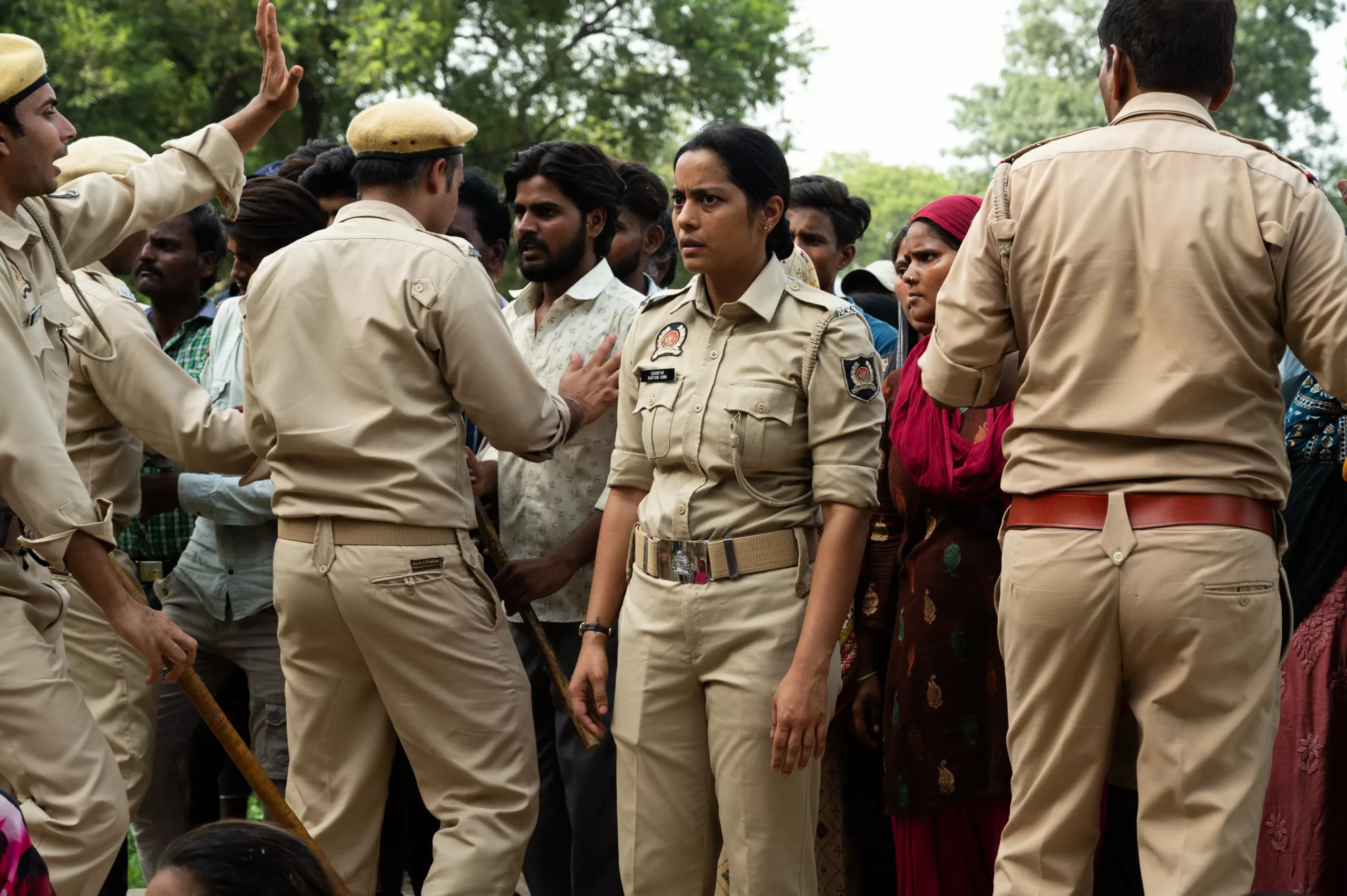The Croisette’s prestigious red carpets have greeted countless cinematic luminaries across the decades. But when Payal Kapadia and Sandhya Suri arrived at the 2024 Cannes Film Festival, their very presence marked a monumental breakthrough. Kapadia’s “All We Imagine as Light” is the first film by an Indian woman director to compete for the Palme d’Or in 30 years, while Suri’s “Santosh” representsonly the latest triumph for South Asian stories in the Un Certain Regard sidebar.
For these two visionary filmmakers, however, the history-making achievement is tempered by a humbling appreciation for the long, winding paths that brought their unique perspectives to the Cannes spotlight.
Kapadia, whose experimental documentary hybrid “A Night of Knowing Nothing” won Cannes’ documentary prize in 2021, immersed herself in the sociological worlds of Mumbai’s migrant nurses and the city’s fading industrial heritage for “All We Imagine as Light.” The luminous result blurs narrative boundaries as it intimately explores the interior lives of two nurses, played with empathetic authenticity by Kani Kusruti and Divya Prabha.
“My beginning point was women who came to Mumbai to provide for their families back home,” Kapadia explained. “The nursing profession is very difficult, hands-on, with many long hours…What about their own personal lives and turmoil, and the friendships among these women, is what I began to get interested in.”
On the other side of India, Suri undertook similarly assiduous research into the lives of rural police officers, particularly widows inheriting their late husbands’ jobs under the “appointment on compassionate grounds” policy. Her immersive process snowballed into the gripping, genre-bending “Santosh”, which follows one such widow, played with captivating nuance by Shahana Goswami, as she confronts endemic sexism and violence while donning her new uniform.
“I wanted my heroine to find her own shade of gray, her own limit in this setting,” Suri stated. “There’s police brutality in hundreds of Bollywood films. What I was very keen to do was not make a film about one good cop in a rotten system.”
While their narratives may seem worlds apart on the surface, both filmmakers channel their boundary-defying aesthetics and intensive fieldwork into profoundly humanistic character studies that transcend genre conventions. Kapadia’s fragmented, dreamlike style evokes the loneliness and melancholy of her protagonists’ diasporic existence, while Suri’s candid, visceral realism lays bare the systemic injustices her heroine must navigate.
Their shared determination to authentically depict female interiority from non-Western perspectives is further unified by unmistakable thematic through-lines – the struggles against patriarchal oppression, economic precarity, violence and displacement that have regrettably plagued the South Asian diaspora for far too long. Simply having these stories air at one of the world’s most prestigious film events represents a seismic shift.
Of course, both directors are quick to deflect undue attention from the long-overdue breakthroughs their Cannes inclusions represent. Kapadia downplays the 30-year gap, positing “We’ve always had great filmmakers…now they are realizing that we have amazing films.”
Suri, meanwhile, recognizes the value of her French creative collaborators in facilitating global exposure, while remaining grounded in the universality of the human experiences she depicts: “You tell the stories to people and they make of it what they will. Wherever you are in time and space, you’re responding to things in the story that have meaning to you.”
With their unique lenses trained on too-often marginalized communities, Kapadia and Suri have crafted profoundly localized, yet resonantly global statements about modern womanhood that have finally shattered Cannes’ glass ceilings. As their boundary-obliterating works reverberate across the Croisette and beyond, the misty shores of the French Riviera may never represent the true boundaries of their impact.
